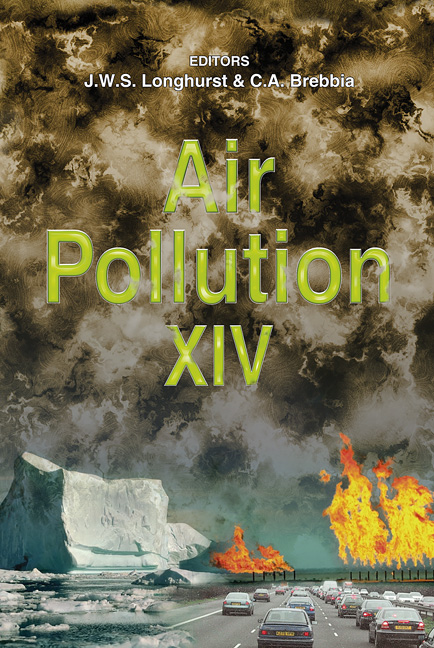3D Ozone Production In Relation To VOC Emission And Oxidation, And The Assessment Of 2010 Ozone Control Strategies
Price
Free (open access)
Transaction
Volume
86
Pages
10
Published
2006
Size
2,044 kb
Paper DOI
10.2495/AIR060511
Copyright
WIT Press
Author(s)
I. Coll, F. Lasry, S. Fayet, M. Samaali, J.L. Ponche, G. Causera, C. Lesponne & S. Franc¸ois
Abstract
In order to efficiently reduce the number and intensity of ozone regional peaks, a regulation centered on the diminution of VOC and NOx emissions was promoted for 2010 in many European countries. In this paper we present a study of the respective role of anthropogenic and biogenic VOCs on regional ozone production, in order to determine the species most involved in local ozone production and their geographical and temporal impact on ozone production rates. Through a 3Dmodelling case study, we derived the participation in ozone production of the main precursor species (VOCs, CO) from the chemical scheme by the use of inert tracers. The results highlight the important role of biogenic emissions as expected, but also the strong participation of CO, and that of aromatic species and light alkenes as initiators of ozone production close to sources. This study is part of a larger project aiming to simulate 2010 regional scenarios. The same tracer studies will be conducted on 2010 projected emissions to evaluate from a detailed analysis of the ozone production mechanisms the efficiency of the engaged regulation. Keywords: ozone production, VOC, CO, emissions, inert tracers, legislation. 1 Introduction The effectiveness of ozone control strategies has been punctually investigated with 3D air quality models through case studies using both present and 2010-projected
Keywords
ozone production, VOC, CO, emissions, inert tracers, legislation.





